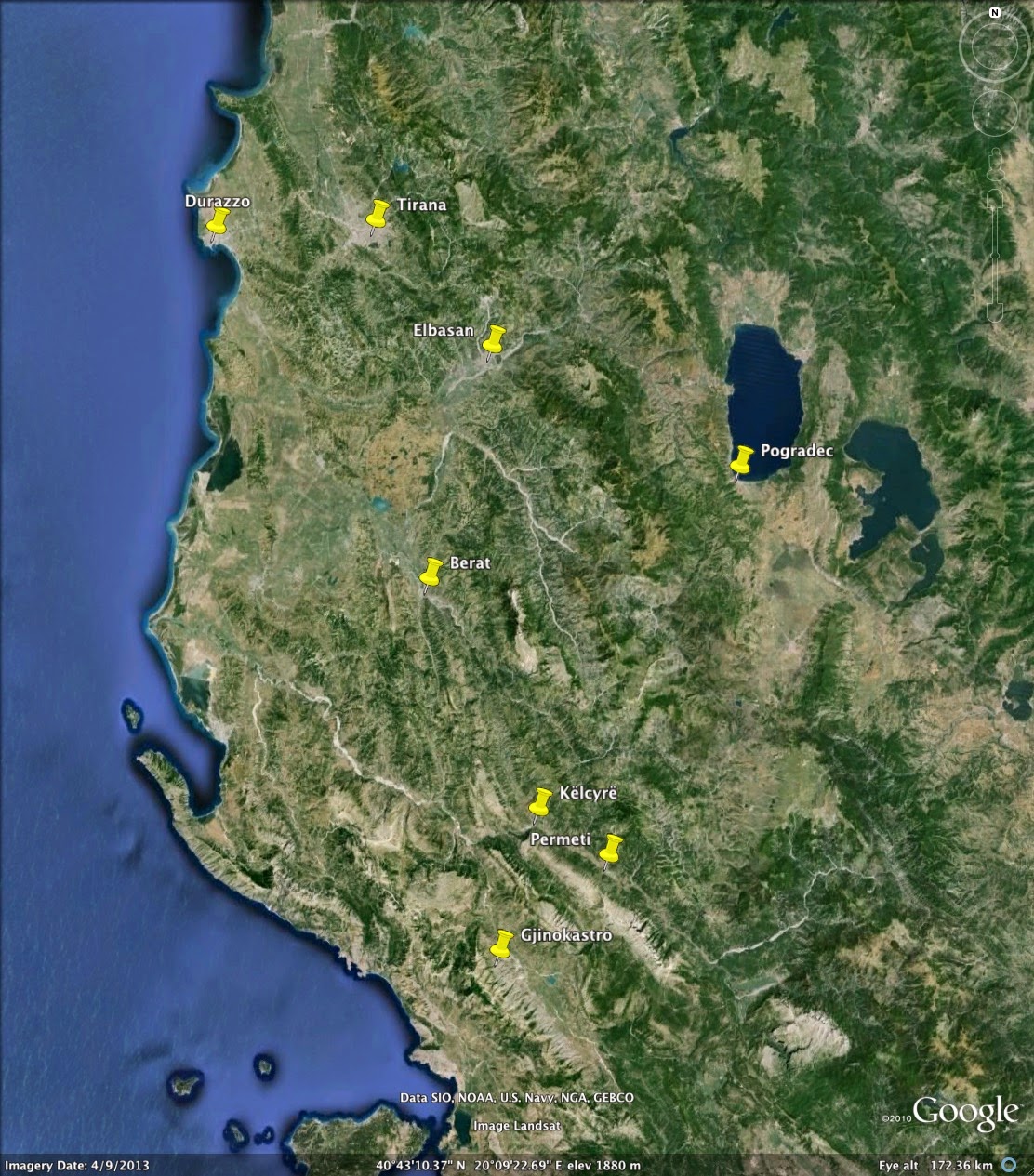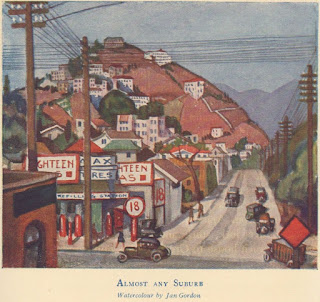Jan Gordon on War Artists in WW1
Jan Gordon delivered a lecture on the 28th February 1943 as part of a series of six talks presented at the National Gallery on the topic of "The Artist and The War." His talk was on "The Artist and the War of 1914-18."
Shortly before this series, the National Gallery had begun showing a "Picture of the Month" as bombing raids lessened during 1942.
Jan Gordon argued that the "war has made people feel vividly the limitations of the academic school. They have begun to realise that to express things of such a nature extraordinary methods are not only permissable but essential." (Foss 2007).
He had earlier written on the war art of Paul Nash in a similar vein: "And it is precisely this clearness of understanding which makes Paul Nash's war pictures so vividly engrossing. It is not possible to paint truly how this war has swept man, because horror will not permit this truth to be told. It is possible to depict the devastation of Nature, because partly we cannot understand the full horror, and partly because through it we may come to a deeper realisation of what the catastrophe may mean to man. But the artist who will paint this must be no mere emotionalist ; he must grasp, either by keenness of intellect, or by profound instinct, what Nature has suffered."
Gordon had also been critical of John Singer Sargent's painting "Gassed," writing: "This picture is a descriptive work; it recounts the result of a gas attack in very much the language that an English schoolboy of the self-conscious age might use ... It seems as though after much preliminary the schoolboy had mounted to the top of the Trafalgar Monument and thence shouted his simple message through a megaphone."
The larger theme of the sometimes difficult transition from more naturalistic academic art to the modern styles appears in several of Jan Gordon's works, notably in the novel (containing many disguised and distorted biographical details) "A Girl in the Art Class" and in "Modern French Painters" (1923). In "A Girl in the Art Class" he particularly focuses on the impact of the artist Matisse.
References:
- Foss, Brian. 2007. War Paint: Art, War, State and Identity in Britain, 1939-1945
- Smith, R.D.A. 33rd February 2015. Jan Gordon on John Singer Sargent's "Gassed" http://www.janandcoragordonart.com/
- Smith, R.D.A. 3rd March 2015. Jan Gordon (as Salis) on Paul Nash's War Art, 1918. http://www.janandcoragordonart.com/
- Smith, R.D.A. 20th December 2015. Cora Josephine Turner and Matisse, 1908-1912. http://www.janandcoragordonart.com/
Shortly before this series, the National Gallery had begun showing a "Picture of the Month" as bombing raids lessened during 1942.
Jan Gordon argued that the "war has made people feel vividly the limitations of the academic school. They have begun to realise that to express things of such a nature extraordinary methods are not only permissable but essential." (Foss 2007).
He had earlier written on the war art of Paul Nash in a similar vein: "And it is precisely this clearness of understanding which makes Paul Nash's war pictures so vividly engrossing. It is not possible to paint truly how this war has swept man, because horror will not permit this truth to be told. It is possible to depict the devastation of Nature, because partly we cannot understand the full horror, and partly because through it we may come to a deeper realisation of what the catastrophe may mean to man. But the artist who will paint this must be no mere emotionalist ; he must grasp, either by keenness of intellect, or by profound instinct, what Nature has suffered."
"Sunrise: Inverness Copse" Imperial War Museum. "Inverness Copse, through which the famous Ypres-Menin road runs. North-West of Gheluvelt, was one of the most stubbornly contested patches of ground along that much battled highway. A quite appreciable portion of its present surface soil has walked the earth in Germany, Great Britain or Australia."
Gordon had also been critical of John Singer Sargent's painting "Gassed," writing: "This picture is a descriptive work; it recounts the result of a gas attack in very much the language that an English schoolboy of the self-conscious age might use ... It seems as though after much preliminary the schoolboy had mounted to the top of the Trafalgar Monument and thence shouted his simple message through a megaphone."
John Singer Sargent's painting "Gassed" (modified from © IWM (Art.IWM ART 1460))
The larger theme of the sometimes difficult transition from more naturalistic academic art to the modern styles appears in several of Jan Gordon's works, notably in the novel (containing many disguised and distorted biographical details) "A Girl in the Art Class" and in "Modern French Painters" (1923). In "A Girl in the Art Class" he particularly focuses on the impact of the artist Matisse.
References:
- Foss, Brian. 2007. War Paint: Art, War, State and Identity in Britain, 1939-1945
- Smith, R.D.A. 33rd February 2015. Jan Gordon on John Singer Sargent's "Gassed" http://www.janandcoragordonart.com/
- Smith, R.D.A. 3rd March 2015. Jan Gordon (as Salis) on Paul Nash's War Art, 1918. http://www.janandcoragordonart.com/
- Smith, R.D.A. 20th December 2015. Cora Josephine Turner and Matisse, 1908-1912. http://www.janandcoragordonart.com/





Comments
Post a Comment